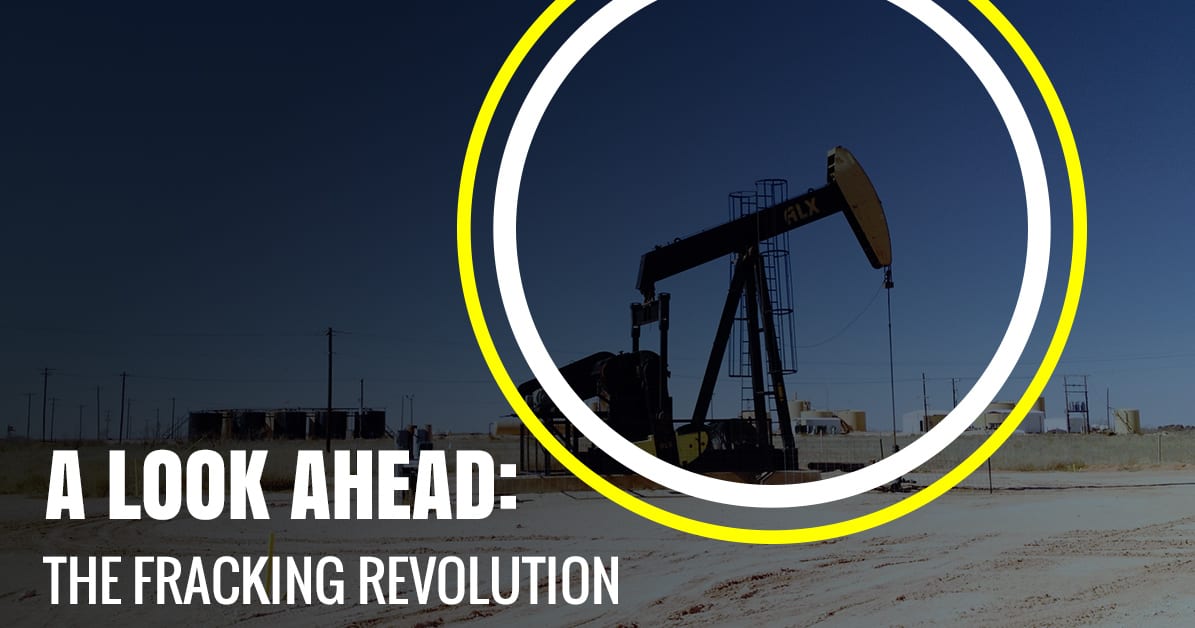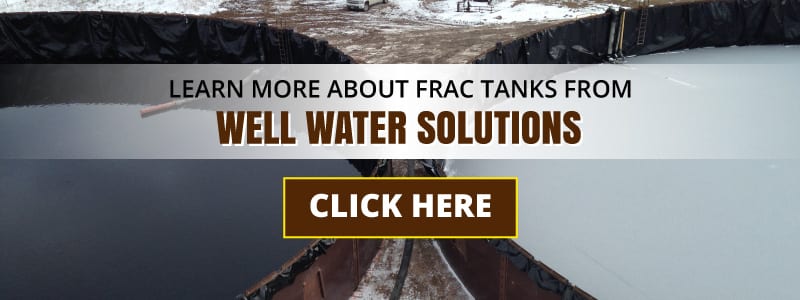In previous posts, we’ve tackled a wide range of topics which relate to fracking. We’ve varied our subject matter from frequently asked questions to more detailed topics related to both the advantages and controversies of fracking. But in many posts, we’ve tried to do our due diligence in defining our terms, in terms of what fracking is. Today’s post is not going to depart from that trend.
Let’s Define Our Terms
Hydraulic fracturing, or fracking, involves the injection of over a million gallons of sand, chemicals, and water at a remarkably high pressure. That volume of water typically requires hundreds of loads of water from tanker trucks. The blend of sand, water, and chemicals down beneath the surface, upon which it reaches the drilled wells, up to 10,000 feet beneath the surface. This process initiates fractures (get it?) into layers of rock, which then are opened more completely by the rushing water, sand, and chemicals. Essentially, this process can be thought of as an artificial acceleration of erosion. What takes mother nature thousands if not millions of years to accomplish takes days to complete with pointed hydraulic fracturing. The next step in the process is that natural gas then flows up the well, and is then stored in a tank before being brought to market. Many fracking companies then use above ground water storage tanks, the kind they can affordably procure from Well Water Solutions and Rentals Inc., as fracking pond alternatives. Obviously, we’ll discuss our role a in a bit more detail later, but that will suffice for now.
Fracking In Context
Fracking is a process utilized in nine out of ten natural gas wells within the USA. Despite this fact, many still consider it a bit of a newcomer and even an alternative in terms of natural gas production. This belief, in spite of its practical falsehood, in all likelihood exists because fracking is still a relatively recent process when compared with coalbed methane production which started in the 80s. Regardless, the industry of fracking has established a novel means of gas drilling, primarily in shale, tight-sand reservoirs, and coalbed.
With that in mind, we promised you a topic, and by golly you are going to get an article that has to do with the title! We’ve just briefly described fracking’s context. Read on if you are interested in learning what some people are calling “Fracking 2.0”, and why it could be an economic game-changer.
Cheap Oil Demands Innovation To Yield Profit
Over the last decade, the aforementioned process of hydraulic fracturing has revolutionized the macro-energy industry. Domestic fracking has shifted a global economic power structure, and one of the results of that change is that oil and gas has become significantly less expensive. In 2017 (the time of this writing), oil has hovered around a $50 per barrel mark, rarely exceeding $54 or dipping below $45. For context, below are the past ten years’ average price per barrel. Keep in mind these numbers are not adjusted for inflation, but the general economic point remains intact.
- 2007 – $64.20
- 2008 – $91.48
- 2009 – $53.48 1
- 2010 – $71.21
- 2011 – $87.04
- 2012 – $86.46
- 2013 – $91.17
- 2014 – $85.60
- 2015 – $41.85
- 2016 – $36.34
Earlier in the year, the Wall Street Journal published an article (behind a paywall) about a harbinger of sorts within the fracking industry. EOG Resources, partnering with iSteer and their customized app, have found a way to focus on process efficiency. In the past, overall output was the name of the game, but fracking relatively blindly, to put it roughly, left room in the industry for improvement in cost-efficiency.
How They Do It
EOG has been heralded as the “Apple of oil” by at least one analyst, and for good reason. EOG can now adjust their drilling on the fly in order to more precisely hone in their drilling on a portion of the rock that will yield more output. In the past, adjustments had to be made slowly or not at all. Now, it takes minutes for the app to notify a geologist, who analyzes the data to make a decision. The geologist then relays this update to the driller of the requisite recalibration. This is just one example of the many ways that EOG is optimizing their processes, which has the net effect of being a revolutionary in horizontal drilling and getting creative with ways to get oil out of shale.
Their Bottom Line
EOG has horizontal wells in West Texas that are over a mile long. That’s not the new part; the new part is that it takes them twenty days to drill them, as opposed to nearly twice that time frame just three years ago in 2014. What’s more, they’ve come close to halving that twenty day period with certain drilling projects. That is no small change. With ⅔ of their total budget in 2014, they were able to produce the same amount of oil. That, too, is substantial.
An Industry-Wide Perspective
Innovations like those employed by EOG are now becoming less of an innovative exception and more of the rule. Being able to horizontally drill “mega wells” has perhaps saved major players in the fracking industry. Chesapeake, which reduced its workforce by a whopping 75 percent in 2012, has begun a successful turnaround with mega wells being a central tenant of the about-face. In 2012, it took the once second-largest U.S. natural-gas producer (after Exxon) $14.7 billion to produce roughly 625,000 barrels of oil per day. This year, the same company anticipates their overhead to drop by 90 percent to just $1.75 billion. New methods and techniques are a significant factor in such a stark contrast.
Chesapeake’s return to vitality remains far from a guarantee, it has managed to avoid bankruptcy. Its shares, once sold at an abject $2 a share during the low point in the company’s well-being, is up to trading at a respectable $7.27 per share. And although Chesapeake still faces $6 billion in overall debt, they at least anticipate being cash-flow neutral in 2018, with growth on the horizon. Their executive vice president of exploration and production, Frank Patterson, sites the company’s ability to integrate modern technology in fracking longer wells as a key contributor to the company’s projected success. “What we’re learning in the Haynesville, we’re testing in the Eagle Ford, we’re going to apply to the Utica. It’s a game changer.”
How Our Frac Tanks Factor In
As interesting as the above insights might be for our readers, some of you may be wondering how we factor in with our frac tank rentals and frac tanks for sale. The answer is fairly intuitive. In the same way that companies like EOG and Chesapeake have been optimizing their processes to be more cost-effective, we have done the same thing in our slice of the fracking industry by creating the safest, fastest, and most cost-efficient patented fac tank solutions to have ever seen the market.
We’ve done so in multiple ways, but one example is that we’ve taken the need for hundreds of 400 and 500 BBL tanks and synthesized them into one Large Volume Frac Tank System. Remember all the way back in the beginning of this article when we referenced all of the trips those tanker trucks take to transport ridiculous amounts of water? Our industrial storage tanks saves thousands of those truck trips, no joke. Our flagship water storage tank, the Pathfinder, has a capacity of 40,000. Keep in mind we also have 60,000, 50,000, 30,000, 20,000, and 10,000 BBL tanks, giving our customers a range of options when it comes to aboveground water storage tanks (ASTs). For affordable frac tank rentals or water storage tank rentals, reach out to us today. We at Well Water Solutions would love to partner with you to help you improve cost-efficiency. Contact us today to learn about special first time offers for new clients!



